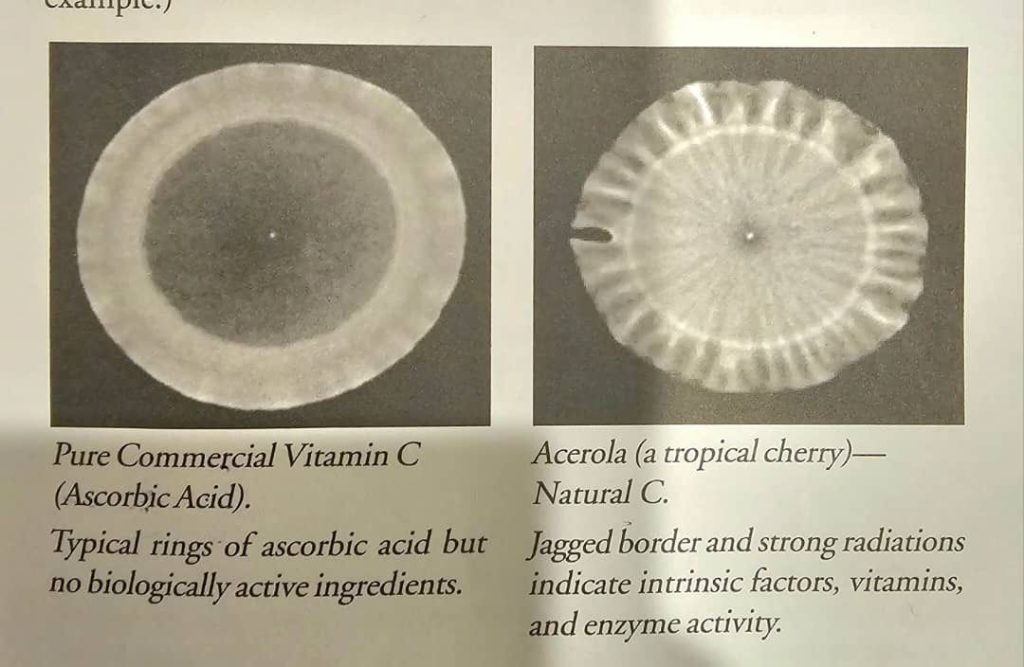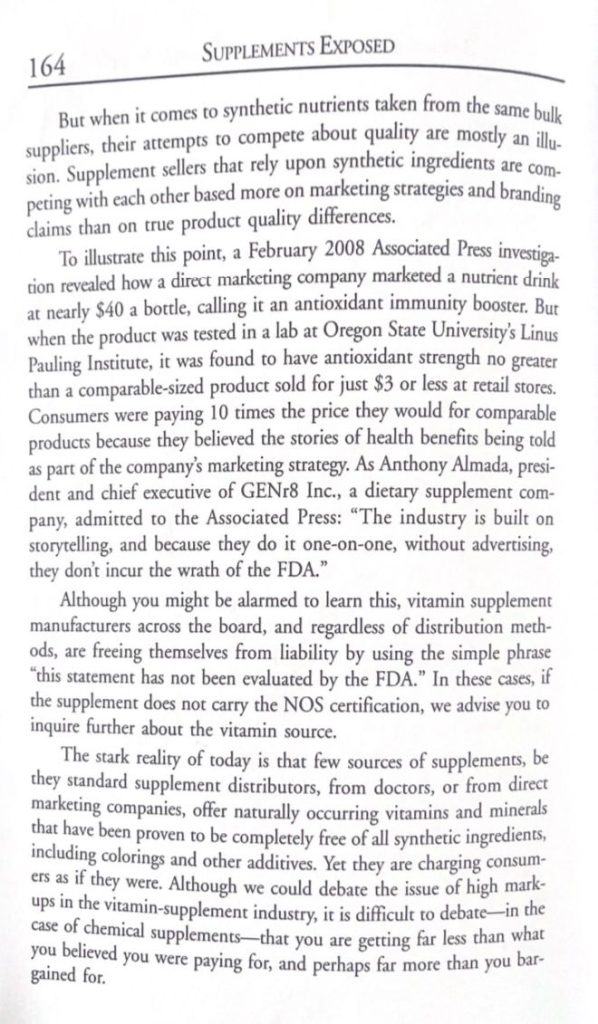
Supplements Exposed: A Comparison of Synthetic and Natural Vitamins
Supplements Exposed: A Comparison of Synthetic and Natural Vitamins

The quality and source of vitamins in dietary supplements are key to human health. While synthetic vitamins are manufactured in laboratories, natural vitamins are derived from whole foods and plants. The Hippocrates Health Institute emphasizes the inherent differences between these two sources, advocating for naturally sourced supplements.
H.O.P.E.: Critical Components in Natural Supplements
The naturally occurring whole-food supplements contain four critical elements often overlooked by chemists:
- Hormones: Natural plant hormones that can affect bodily functions.
- Oxygen content: Essential for cellular function and vitality.
- Phytochemical levels: Naturally occurring compounds in plants that contribute to their health benefits.
- Enzymes: Catalysts that support biological processes within cells.
Collectively referred to as H.O.P.E., these elements support the activity of vitamins and minerals, contributing to the health and proper functioning of cells.
Distinction Between Synthetic and Natural Vitamins
Chemists often regard synthetic vitamins and natural vitamins as equivalent, based on their chemical structure. However, there are key differences:
- Synthetic vitamins are derived from chemicals or inorganic materials and are not considered “alive.”
- Natural vitamins come from living-food-based sources and contain a complex matrix of co-factors and intrinsic properties, making them “alive.”
Comparing synthetic vitamins to natural ones is akin to comparing a plastic model of a plant to a real, living plant. Although the chemical structures might seem similar, natural vitamins contain additional elements that support health in ways synthetic versions cannot.
The History of Synthetic Vitamins
The emergence of synthetic vitamins dates back to the 1930s, with the idea of “a better life through chemistry.” This notion has led to a widespread acceptance of synthetic vitamins, often disregarding the inherent differences between natural and synthetic sources. The promise of technological advancement has blurred the lines between these two categories, leading many to believe they are interchangeable.
Chromatography as a Differentiator
Chromatography provides a method to visually distinguish between synthetic and natural vitamins. An example includes a comparison of pure commercial vitamin C (ascorbic acid) and acerola (a tropical cherry) containing natural vitamin C:
- The synthetic version shows typical rings of ascorbic acid but lacks biologically active ingredients.
- The natural version has jagged borders and strong radiations, indicating intrinsic factors, vitamins, and enzyme activity.
These differences highlight that synthetic vitamins cannot fully replicate the biological complexity of natural vitamins, even if their chemical analysis appears similar.
The Role of Organic Farming
The soil quality has a direct impact on the nutrient content of our food. To ensure high-quality nutrients, organic farming and crop rotation are crucial. However, the current state of soil degradation requires significant efforts to restore its quality. While these efforts are underway, food supplementation with naturally occurring, non-synthetic vitamins, ideally from organic sources, is the best way to ensure adequate nutrition.
Conclusion
Natural vitamins from whole foods and organic sources offer a more complete nutritional profile compared to synthetic counterparts. The H.O.P.E. elements provide additional benefits that synthetic vitamins cannot mimic. As society becomes more aware of the differences, the shift toward natural supplements and organic farming will play a crucial role in improving overall health and well-being.
Notes: Read the few pages below taken from the book “Supplements Exposed” to understand the truth. Consumers are being ripped off by low quality supplements (synthetic/OEM) that are appearing “cheap” to consumers.






Add A Comment